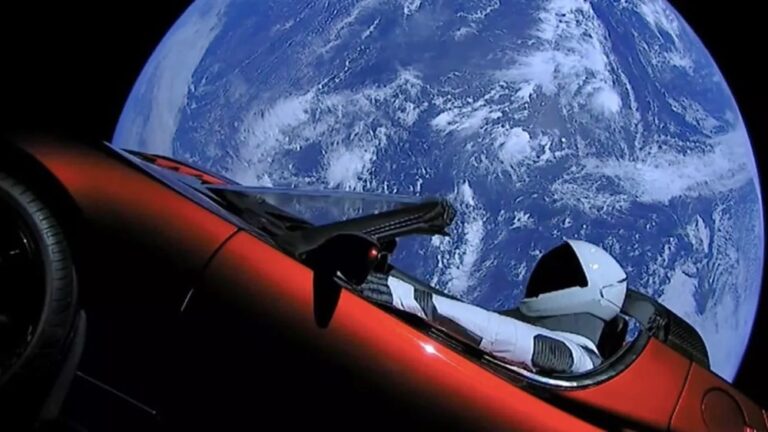CHARTS: How China conquered the global EV market
In February 2008, Elon Musk took possession of Tesla’s first production vehicle, the Roadster, hailed as the first retail electric passenger car powered by a lithium-ion battery. That is if you don’t count Norway’s Th!nk City which kicked off production that same year and that for a short period was majority owned by Ford,...

In February 2008, Elon Musk took possession of Tesla’s first production vehicle, the Roadster, hailed as the first retail electric passenger car powered by a lithium-ion battery.
That is if you don’t count Norway’s Th!nk City which kicked off production that same year and that for a short period was majority owned by Ford, before shutting its doors in 2011 after producing some 2,500 units of the micro car.
In fact, more Th!nK Citys were sold than the number of first generation Roadsters that found new owners through 2012 when production ceased.
Still, many see Musk’s first trip as the starting point of the EV market as we understand it today and Tesla’s ascent – symbolized by that very first Roadster being shot into space exactly a decade later – as the primary driver.
In reality, for the next decade, the market continued to look very much like it did in 2008.

Some 360,000 EVs were sold in 2008, virtually all of them conventional hybrids sporting nickel metal hydride batteries. Nearly eight out of every 10 electrified vehicles sold were Toyota Priuses.
It took until 2019 for full electrics (BEVs) and plug-in hybrids (PHEVs) to outsell HEVs.
To this day, the Japanese market is still dominated by more than 90% HEVs and in the US that share is more than 50%. Conversely, in China only 9% of car buyers have opted for a conventional hybrid so far this year.
HEV batteries typically top out at below 2kWh versus BEVs, which sport batteries anywhere between 13.3 kWh (Hongguang MINI) to 205 kWh (Hummer). PHEV power packs run a similar gamut.
But despite the kWh disadvantage, the combined battery capacity of newly sold BEVs and PHEVs only surpassed that of HEVs in early 2012.

Drawing on data from the Adamas EV Battery Intel Platform, as of 2008, over 50% of the cumulative EV battery capacity deployed globally had been rolled onto US roads and nearly 90% of all kWhs hitting roads for the first time were in HEVs made in Japan.
Thanks to Tesla’s big hit – the Model S, which first launched in 2012 – the US continued to dominate the market in GWh terms until 2015 when China grabbed the lead and Japan’s market share fell below 10%.
In the 2008 calendar year, the combined battery capacity of EVs sold globally reached a mere 474 MWh. In 2012, that number hit 1.4 GWh and by 2015 totaled 4.6 GWh.
That compares to over 1.9 GWh per day so far in 2024.
And 61% of those power hours are hitting roads in made-in-China EVs.
Image by Space X





